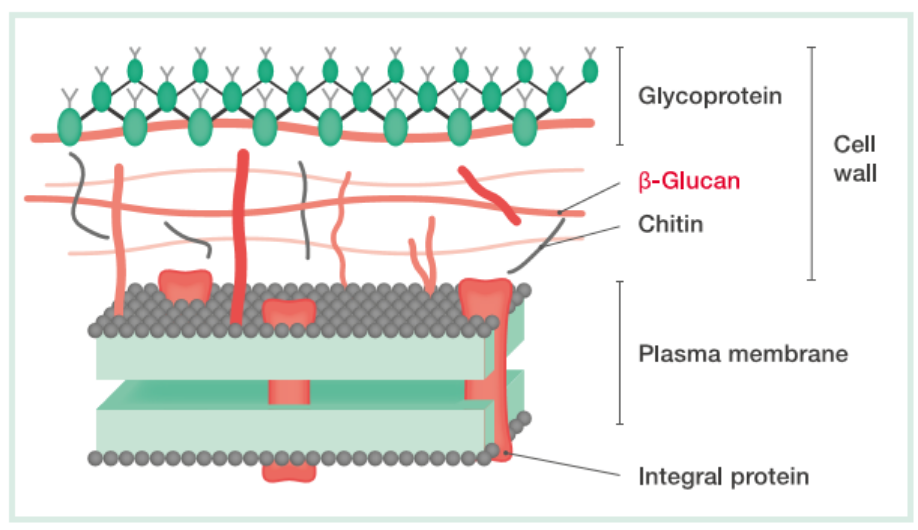β-Glucan Test - Information for Health Care Providers
Description
The ß-Glucan Test is an in vitro diagnostic test for the quantitative determination of (1→3)-ß-D-glucan in serum or plasma. It is a helpful marker of many invasive fungal infections. The assay is performed on the Toxinometer MT-6500 device.
(1→3)-ß-D-Glucan measurement in invasive fungal infections
Invasive fungal diseases are a significant worldwide health problem, and their prevalence is increasing. These opportunistic infections affect immunocompromised patients, those undergoing intensive-care treatment and people with chronic disorders, in particular lung diseases. Invasive fungal diseases are important causes of morbidity and mortality and difficult to diagnose. Members of the two genera Aspergillus1, Candida2 and the species Pneumocystis jirovecii3 cause the majority of these infections by far. The early recognition and diagnosis of mycoses is of outstanding importance for improving patient outcomes. However, traditional diagnostic tools such as pathologic histological and fungal cultures lack the sensitivity and capacity needed for early diagnoses.
In most pathogenic fungi, (1→3)-ß-D-glucan is an integral component of the cell wall (Fig. 1). Small quantities are released into the blood during infection. The Limulus reagent (LAL: Limulus amebocyte lysate), made from the extract of blood cells of horseshoe crabs, has drawn attention as an in vitro diagnostic reagent for mycosis. It reacts with (1→3)-ß-D-glucan as well as with endotoxin. The ß-Glucan Test exclusively measures the (1→3)-ß-D-glucan concentration in serum or plasma through a kinetic turbidimetric assay.
 Fig. 1: Scheme of fungal cell wall
Fig. 1: Scheme of fungal cell wall
Clinical diagnostic performance
The literature describes high diagnostic efficacies using the turbidimetric ß-Glucan Test (table 1).
| Sensitivity | Specificity | Positive predictive value | Negative predictive value | |
|---|---|---|---|---|
| Invasive aspergillosis | 82.1%(23/28) | 87.5%(14/16) | 92.0%(23/25) | 73.7%(14/19) |
| Candidiasis | 100.0%(19/19) | 87.5%(14/16) | 90.5%(19/21) | 100.0%(14/14) |
| Pneumocystis pneumonia | 100.0%(6/6) | 87.5%(14/16) | 75.0%(6/8) | 100.0%(14/14) |
Table 1: Diagnostics performance of the ß-Glucan Test in major fungal infections4
Key Features
- Single test assay
- Ready to use reagents
- User-friendly system
References
- Ullmann A.J. et al., Diagnosis and Management of Aspergillus Diseases: Executive Summary of the 2017 ESCMID-ECMM-ERS Guideline. Clinical Microbiology and Infection 24 (2018)
- Calandra T. et al., Diagnosis and Management of Invasive Candidiasis in the ICU: An Updated Approach to an Old Enemy. Critical Care (2016) 20:125
- Sokulska M. et al., Pneumocystis jirovecii--From a Commensal to Pathogen: Clinical and Diagnostic Review. Parasitol. Res. 2015 Oct;114(10):3577-85
- Mori T and Matsumura M., Clinical Evaluation of Diagnostic Methods using Plasma and/or Serum for Three Mycoses: Aspergillosis, Candidosis and Pneumocystosis. Nihon Ishinkin Gakkai Zasshi. 1999;40(4):223-30

